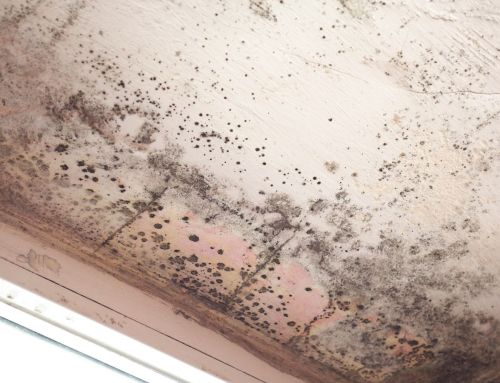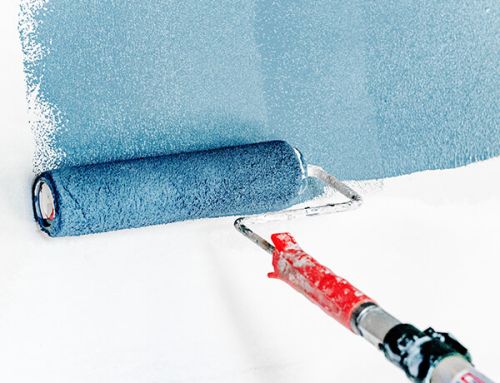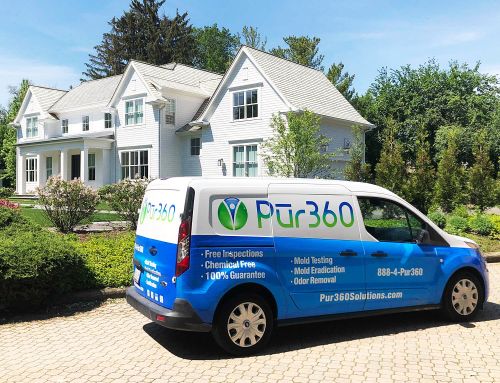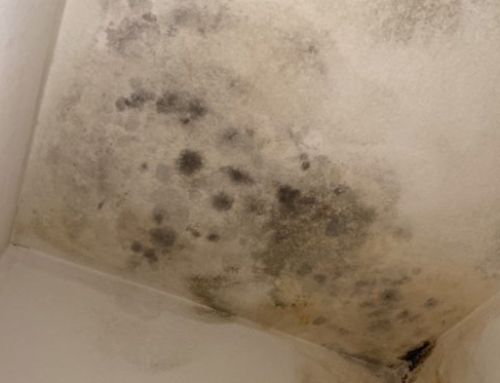Seniors are one of our most vulnerable populations and are more susceptible to the harmful effects of mold exposure. As we age, our immune systems weaken, making us more prone to health issues related to environmental factors. Household mold, a common yet often underestimated concern, has the potential to cause a variety of health problems.
Many symptoms of mold exposure overlap with other age-related conditions, making it harder to pinpoint the root cause, especially in those managing chronic conditions or compromised immune systems. For seniors, ensuring a safe and healthy living environment is vital for their well-being. Recognizing the telltale signs of mold exposure in seniors allows caregivers and family members to create healthier living spaces for their aging loved ones proactively.
The symptoms and intensity of exposure differ based on several factors, like mold type and the individual’s health. Common symptoms include nasal and sinus congestion, coughing, sore throat, chest tightness, and breathing difficulties. However, seniors with compromised immune systems or underlying health issues may experience more pronounced effects.
Respiratory Symptoms
There is a natural decline in lung function with age, accompanied by changes in the nervous system. Notably, nerves responsible for triggering coughing become less sensitive, impacting the ability to expel mold spores and other contaminants from the airways.
This shift can contribute to chronic coughing, wheezing, and shortness of breath, common symptoms of mold-related respiratory distress. Seniors with pre-existing respiratory conditions, such as asthma or chronic obstructive pulmonary disease (COPD), may experience exacerbated symptoms.
Persistent nasal congestion, sinus headaches, and sinusitis indicate potential mold issues. Seniors may mistake these symptoms for common age-related concerns, but the sudden development of these symptoms can be related to mold exposure.
ass=”p1″>Unexplained Skin Irritation
Mold exposure can also affect the skin. Touching or inhaling mold may lead to allergic reactions such as irritation, itching, or rashes. Seniors may notice changes in their skin health due to prolonged mold exposure. Those with a history of dermatitis and topical allergies may be more prone to skin changes.
Monitoring the skin is crucial in identifying potential mold-related health concerns. These symptoms can indicate underlying issues in the living environment and should not be overlooked.
Cognitive Impairment
Mold-related mycotoxins can have neurological effects, potentially leading to cognitive impairment in seniors. Warning signs such as memory loss, difficulty concentrating, and confusion, often associated with age-related conditions like early dementia and Parkinson’s disease, may indicate mold exposure.
Seniors with prolonged exposure to mold in their living environments may experience more noticeable cognitive impairments and behavioral changes. Mold exposure has also been linked to fatigue and lethargy. Seniors experiencing unexplained tiredness or a lack of energy should consider the possibility of mold-related issues in their living spaces. Identifying these symptoms early on is crucial for addressing the root cause and preventing further decline.
Identifying and removing mold from a senior’s home can significantly improve their health. Caregivers and seniors should stay vigilant, especially if they notice a combination of these symptoms. If concerns about mold arise, taking quick action, including professional inspection and remediation, can guarantee a safer and healthier living environment for our beloved seniors. Regular checks for mold and proper ventilation contribute to a healthier home where everyone can live more comfortably.



